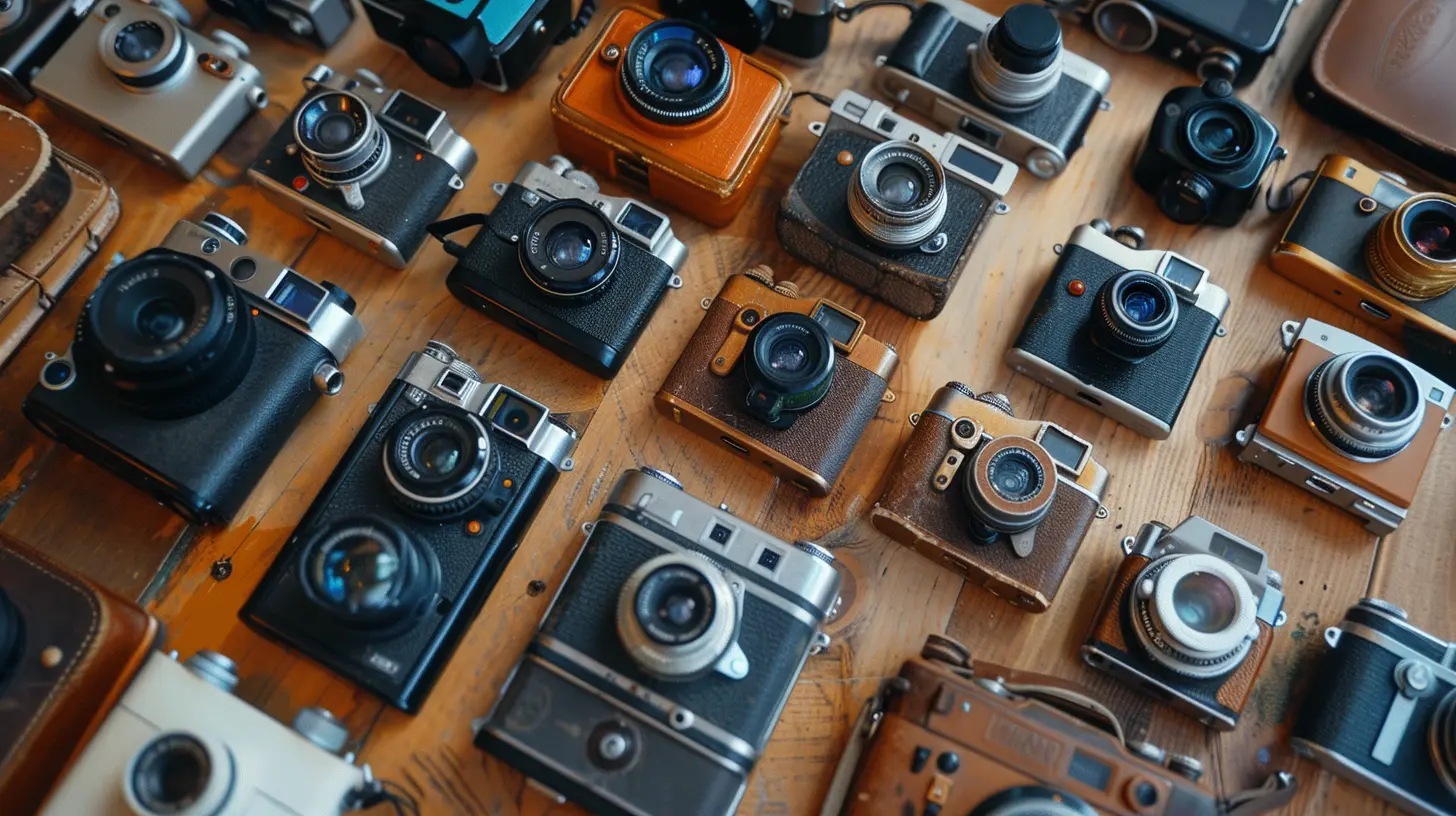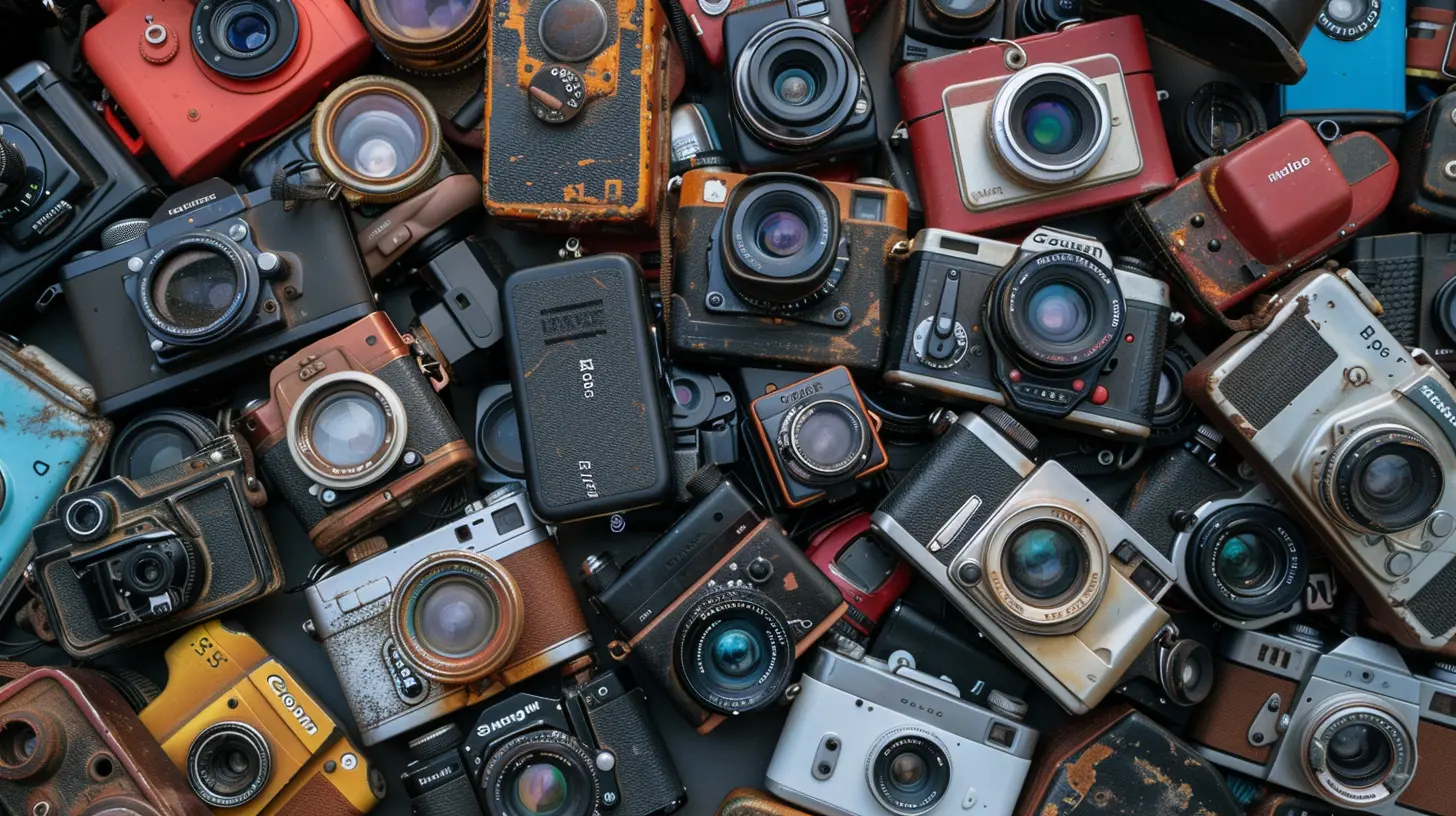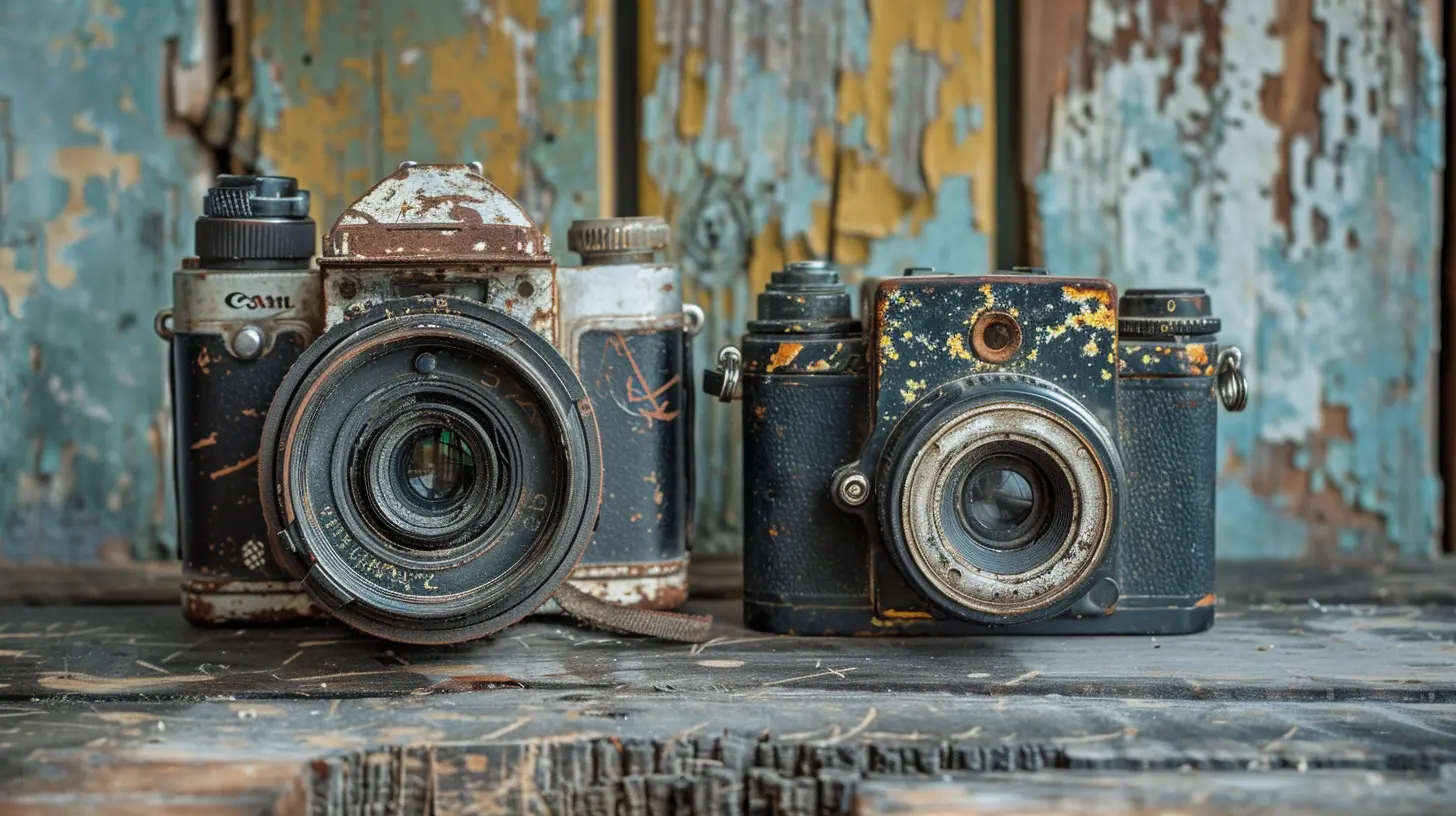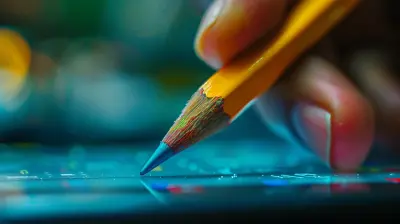The Evolution of Smartphone Cameras: Are DSLRs Obsolete?
19 November 2025
The battle between smartphone cameras and DSLRs has been raging for over a decade. With every new phone launch, manufacturers promise DSLR-level photography in the palm of your hand. But can a tiny sensor and AI algorithms genuinely replace the artistic mastery and raw power of a professional-grade DSLR?
Let's take a deep dive into the evolution of smartphone cameras and see if we're truly witnessing the end of DSLRs—or if it's all just clever marketing.

The Rise of Smartphone Cameras
Not too long ago, phone cameras were a joke. Grainy, low-resolution images with barely any detail. Remember the early days of flip phones with VGA cameras? Those photos looked like something out of a 90s security camera.Fast forward to today, and we have smartphones boasting 108MP sensors, AI-powered enhancements, and insane computational photography tricks. It's not just about packing more megapixels—it’s about smarter image processing.
But how did we get here?
Computational Photography: The Game Changer
Unlike DSLRs, which rely on large sensors and interchangeable lenses, smartphones have taken a different path. They compensate for small sensor sizes with computational photography—essentially, letting software do the heavy lifting.Smartphones now use AI-driven algorithms to enhance brightness, sharpen details, and even create DSLR-like bokeh effects using nothing but software. Features like Night Mode, HDR+, Deep Fusion, and AI Portrait Mode have revolutionized mobile photography.
Think about it—10 years ago, taking a stunning night photo on your phone was impossible. Now, with Night Mode and multi-frame processing, you can shoot crystal-clear images even in near darkness. Try doing that with an entry-level DSLR without a tripod and proper settings!

How Far Have Smartphone Cameras Come?
Let’s break down the key areas where smartphone cameras have caught up—or even surpassed—DSLRs:1. Sensor and Image Processing
- DSLRs still win the raw sensor size battle. A full-frame DSLR sensor is significantly larger than any smartphone sensor, capturing more light and details.- However, smartphone manufacturers have bridged this gap using AI and computational photography.
- The latest flagship phones, like the iPhone 15 Pro and Samsung Galaxy S24 Ultra, use advanced ISP (Image Signal Processors) that can tweak exposure, contrast, and white balance on the fly.
2. Portrait and Depth Effects
- A DSLR with a fast prime lens (e.g., a 50mm f/1.8) can create stunning natural bokeh.- Smartphones have learned to fake it—with depth sensors and AI-powered background blur (software bokeh).
- Today’s smartphones can even adjust blur intensity after taking the photo, something impossible with a traditional DSLR.
3. Night Photography
- DSLRs demand manual settings, tripods, and slow shutter speeds for great night shots.- Smartphones? Just click, and let Night Mode and AI stacking work their magic.
- Phones like the Google Pixel series can brighten dark scenes brilliantly without needing manual intervention.
4. Zoom Capabilities
- DSLRs have interchangeable lenses, meaning you can attach a massive telephoto lens for high-quality zoom.- Smartphones have introduced periscope zoom lenses, allowing 5x to 10x optical zoom without bulk.
- The Samsung Galaxy S24 Ultra, for instance, can zoom up to 100x with AI enhancements—something that even some DSLR users struggle with unless using high-end gear.
5. Video Recording and Stabilization
- Once upon a time, smartphones were terrible at video. Shaky footage, poor dynamic range, and weak audio.- Now? 4K and even 8K recording, cinematic modes, and gimbal-like stabilization make phones a powerful tool for video creators.
- Many vloggers and even indie filmmakers now prefer smartphones over bulky DSLRs!

Where DSLRs Still Dominate
Despite all the advancements, DSLRs aren’t going out without a fight. There are still areas where dedicated cameras reign supreme.1. Professional Control and Customization
- Serious photographers love manual controls. While smartphones offer manual modes, they're nowhere near as fine-tuned as DSLRs.- With a DSLR, you have control over shutter speed, aperture, ISO, and focus, something a phone still struggles with.
2. Lens Variety
- Smartphones have multiple fixed focal length lenses, while DSLRs offer interchangeable lenses for specific shots.- Want stunning wildlife shots? A 600mm DSLR lens is still unbeatable.
3. Dynamic Range and Color Science
- DSLR sensors provide better raw image quality, especially in high-contrast scenes.- While smartphones use HDR tricks, a professional DSLR sensor can capture natural details without software gimmicks.
4. Battery Life and Longevity
- DSLR users can shoot all day without worrying about battery life.- Smartphones, on the other hand, get drained quickly—especially with heavy photo and video use.

Are DSLRs Truly Becoming Obsolete?
Here’s the million-dollar question—Are DSLRs still relevant in 2024?The answer isn’t black and white. For everyday users and content creators, smartphones have effectively replaced DSLRs. They're more convenient, packed with AI magic, and always in your pocket.
BUT...
For professionals—wedding photographers, wildlife enthusiasts, and studio artists—DSLRs (or mirrorless cameras) still serve a purpose. A smartphone might capture a beautiful sunset, but if you want a stunning, high-resolution print of that sunset? A full-frame DSLR will outperform any phone camera.
The Future: Hybrid Photography?
With smartphones evolving rapidly, we might see a future where smartphone cameras and traditional cameras merge. Already, mirrorless cameras (like Sony's Alpha series) are incorporating AI autofocus and computational tricks inspired by smartphones.Maybe one day, we’ll see a full-frame DSLR with built-in AI editing and seamless smartphone connectivity.
Until then, smartphones will dominate for casual photography, while DSLRs hold their ground in professional spaces.
Conclusion: Should You Ditch Your DSLR?
If you're a casual photographer or content creator—you probably don’t need a DSLR anymore. Smartphones have reached a point where they deliver excellent results in 99% of situations.However, if photography is your passion or profession, a DSLR or mirrorless camera is still an essential tool. It’s not about which is better—it’s about what fits your needs.
So, are DSLRs obsolete? Not yet—but the writing is on the wall.
all images in this post were generated using AI tools
Category:
Mobile TechnologyAuthor:

Kira Sanders

